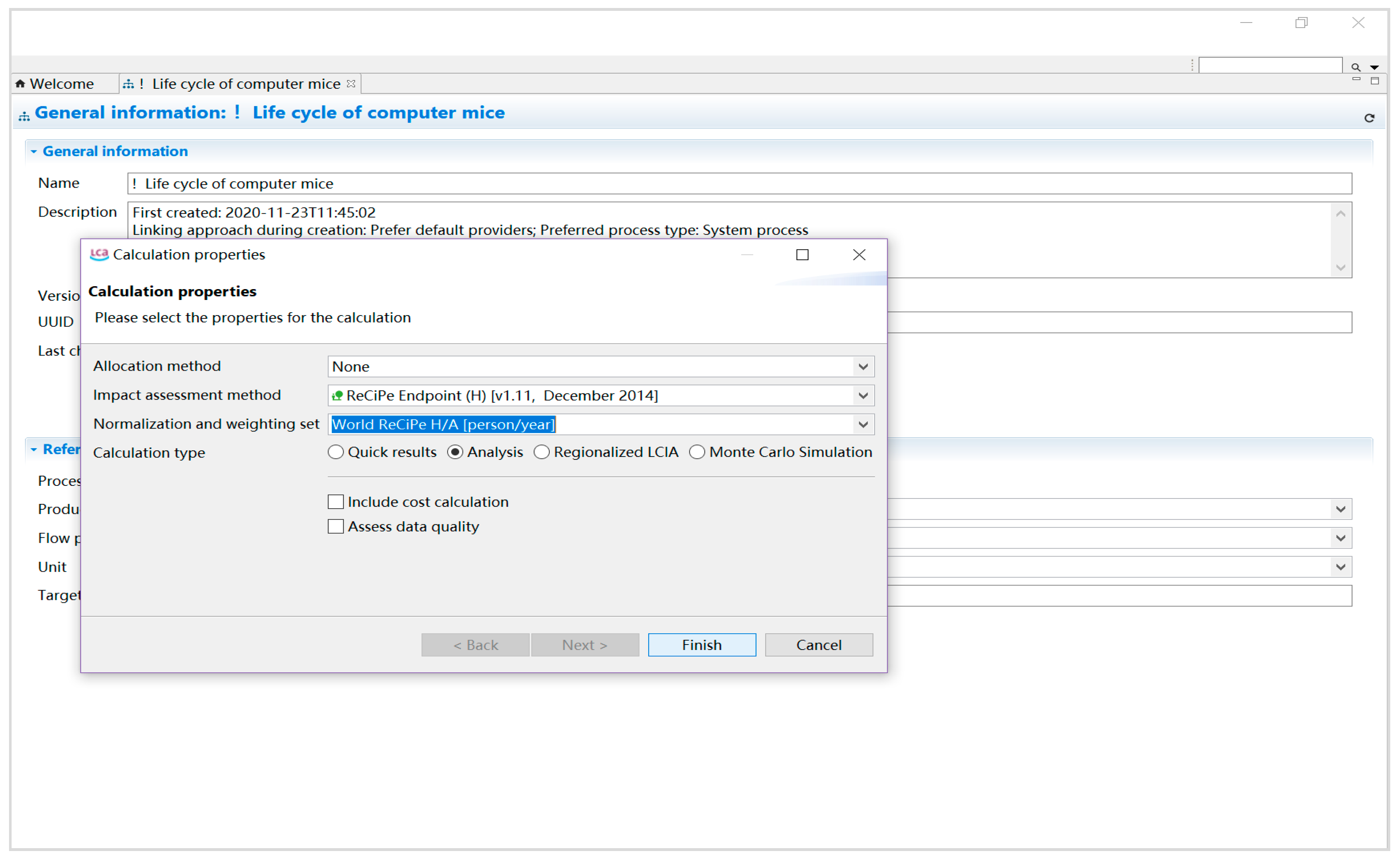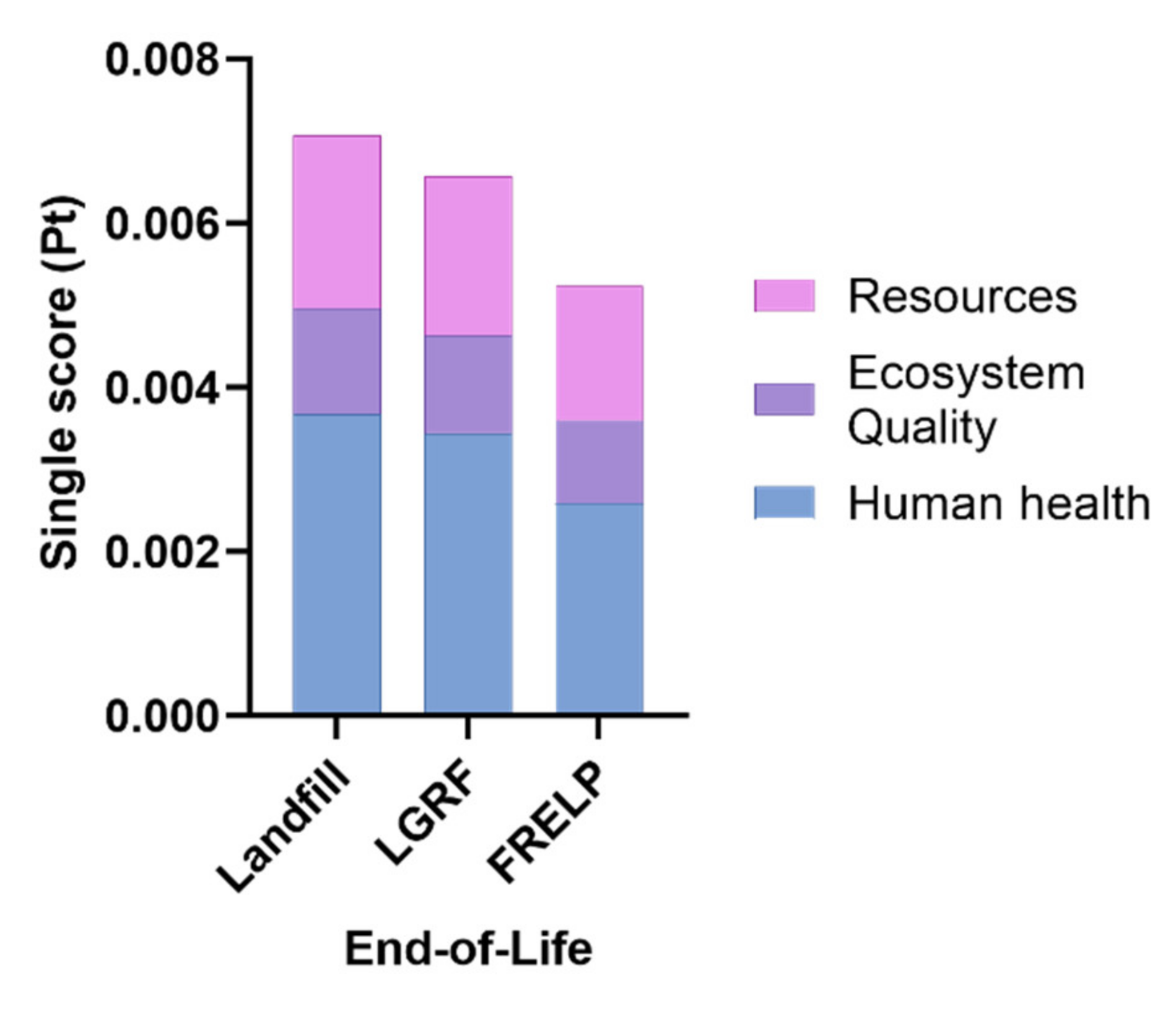

Of approximately 74 databases with life cycle data identified by the authors in a previous study that surveyed LCI, input-output and carbon footprinting databases, approximately 16 (22%) include data quality scores or other information ( Edelen and Ingwersen 2015).

Approaches to data quality assessment in LCA databases Whereas, representativeness indicators are contextual because they are situationally dependent on the goal and scope of the project.ġ.2. Reliability is classified as an intrinsic indicator because users are always looking for believable, objective data with high accuracy and from a reputable source. Contextual data quality is an aspect of the data that is situationally dependent ( Wang and Strong 1996). Intrinsic data quality is an inherent data property that describes the data quality ( Wang and Strong 1996). The GLAD metadata working group also distinguishes between types of indicators, either as intrinsic or contextual ( Ciroth et al. One of the objectives of the Global Life Cycle Data Access network (GLAD) metadata working group is to select indicators for assessing fitness for purpose ( Canals et al. This process of determining adequacy of data relevant to goals or purpose is related to the concept of “fitness for purpose”. “The scientific and statistical evaluation of data to determine if data obtained from environmental operations are of the right type, quality, and quantity to support their intended use.”ĭata quality assessment in the context of LCA has been defined as a comparative analysis of the data quality characteristics (DQCs) against the data quality goals, or qualitative statement that defines specifications for the adequacy of data used in a life cycle inventory (LCI) or for certain LCI parameters ( Bakst et al. The US EPA defines data quality assessment as
SINGLE SCORE OPENLCA ISO
Neither ISO 14044, nor the Global Guidance Principles provide guidelines for data quality assessment.

The Global Guidance Principles similar to the ISO standards recommends ten data quality indicators and provides definitions for each of these indicators, but only states that a dataset developer is responsible for preparing a self-assessment of the data against these indicators. In 2011, in an effort to provide further guidance, the Global Guidance Principles for LCA Databases (Shonan Guidance Principles) published further definition and suggested methods for addressing data quality ( UNEP/SETAC 2011). ISO establishes ten key characteristics of data quality: time-related coverage, geographical coverage, technological coverage, precision, completeness, representativeness, consistency, reproducibility, sources of the data, and uncertainty of the information ( ISO 2006a). “ characteristics of data that relate to their ability to satisfy stated requirements” The international standards organization (ISO) maintains two standards, ISO 14040 and ISO 14044, that define data quality within LCA as We distinguish between the terms data quality, data quality assessment, and data quality management to better clarify the multi-dimensional concept of data quality.Ĭonsideration of guidelines for data quality in LCA can be traced at least as far back as 1992 ( Fava 1992). Another reason that data quality continues to be an elusive element in LCA is the lack of clarity surrounding the practice of data quality management. process or flow), and lack of reproducibility of results ( Weidema 1998 Cooper and Kahn 2012). Key weaknesses of the current methodologies for data quality assessment (DQA) in LCA include limited coverage of data quality, limited aggregation, one-dimensional analysis of data quality (e.g. In a survey of unresolved problems in LCA, data quality was one of the problems identified to be only partially solved by existing methods ( Reap et al. Ultimately, these are questions of data quality.Ī number of authors have called out data quality as an aspect limiting the power and reliability of LCA results ( Björklund 2002 Coulon et al.

While the amount of life cycle inventory data is growing, and there are efforts to improve access to LCA data, questions of “best fit” data and the appropriate use of results in supporting decision making still plague the LCA community. LCA practitioners and generators are very familiar with the labor and time that accompanies data collection and processing. The average life cycle assessment (LCA) model combines thousands of data points in order to describe a product system.


 0 kommentar(er)
0 kommentar(er)
